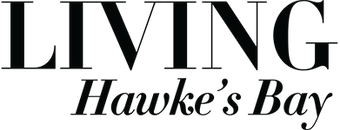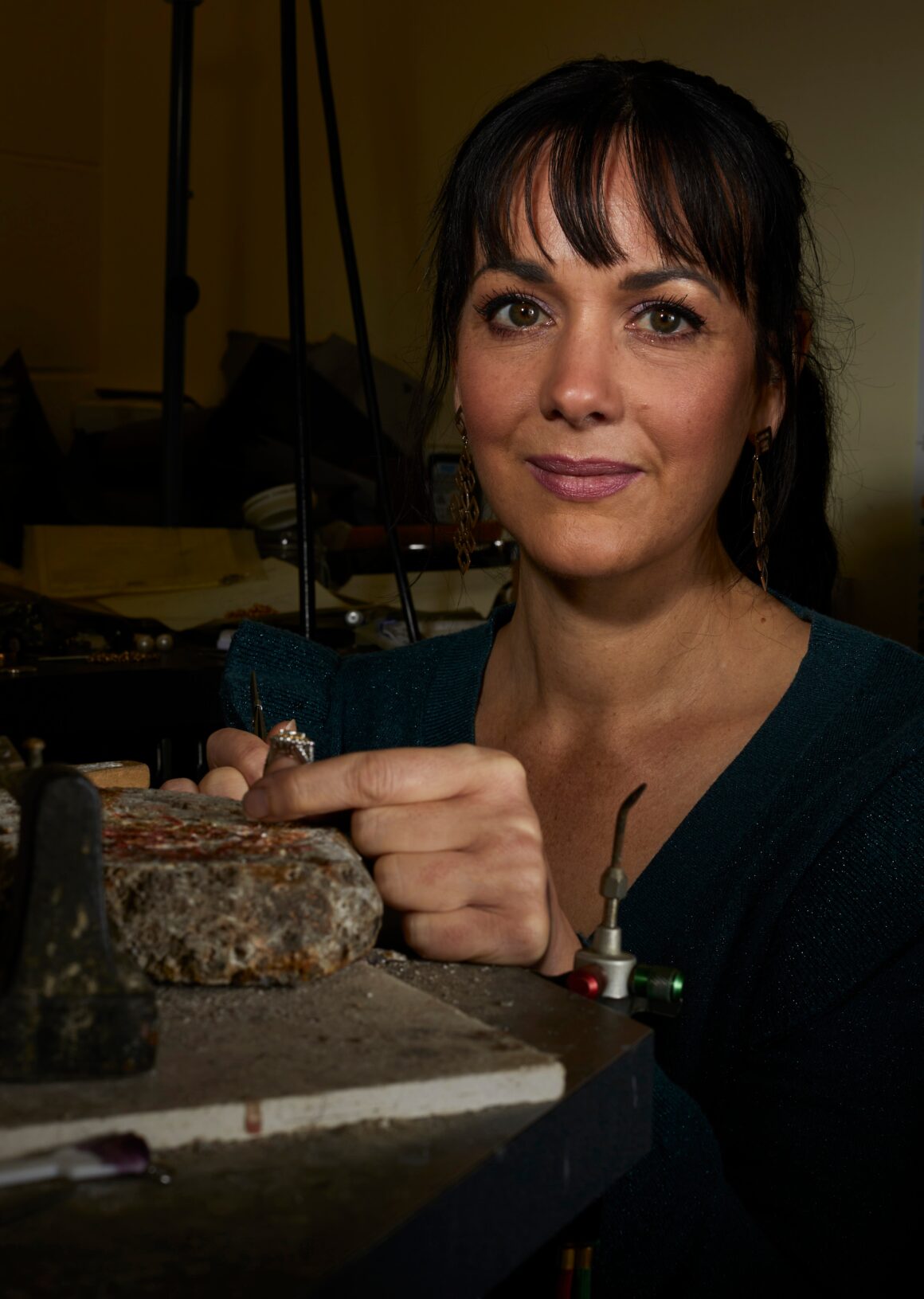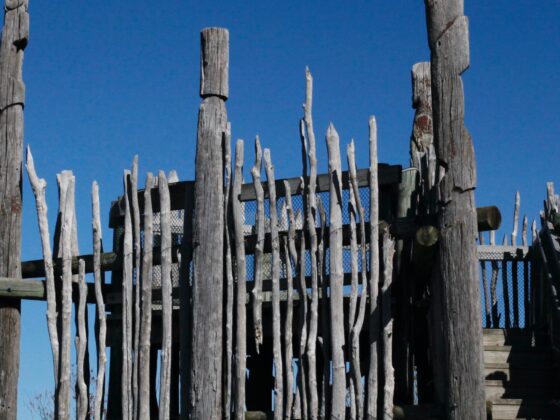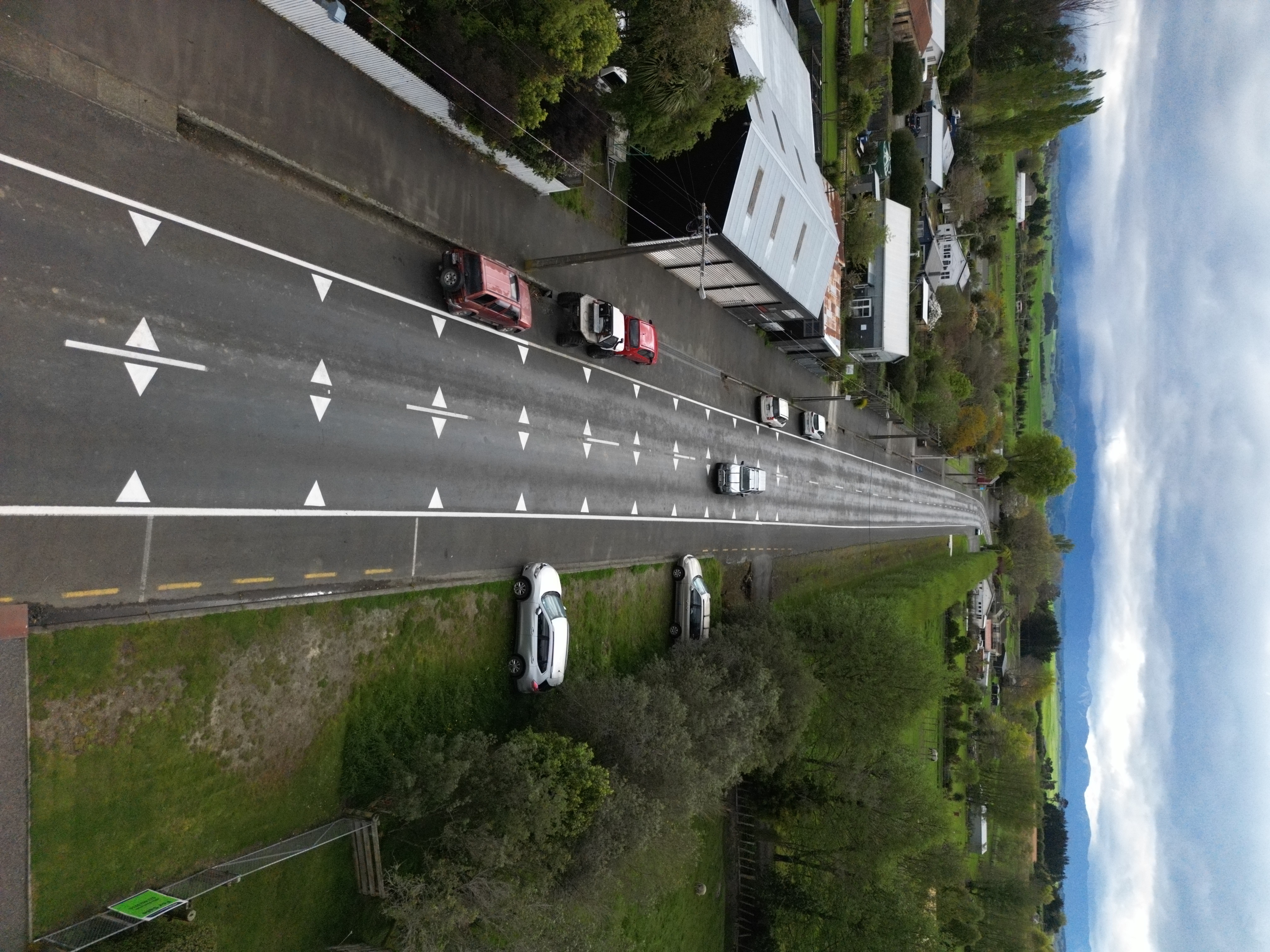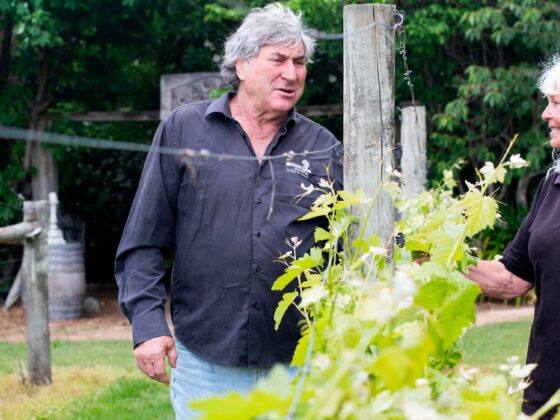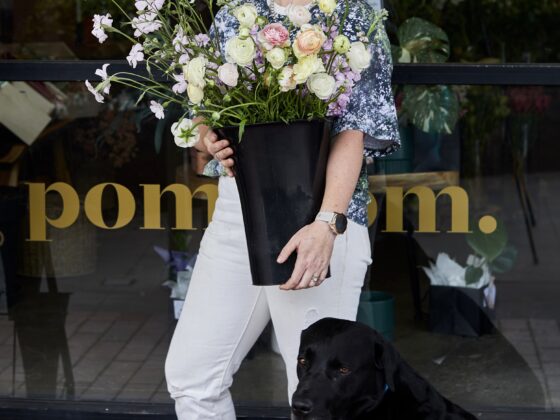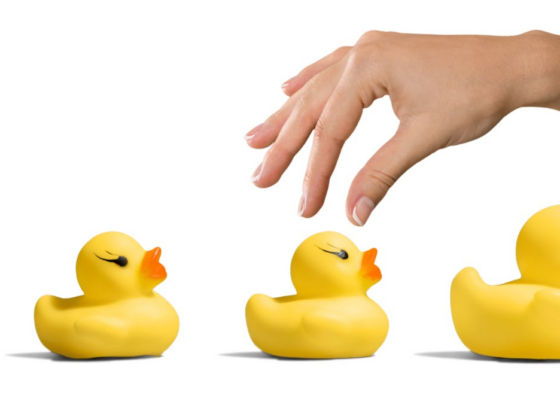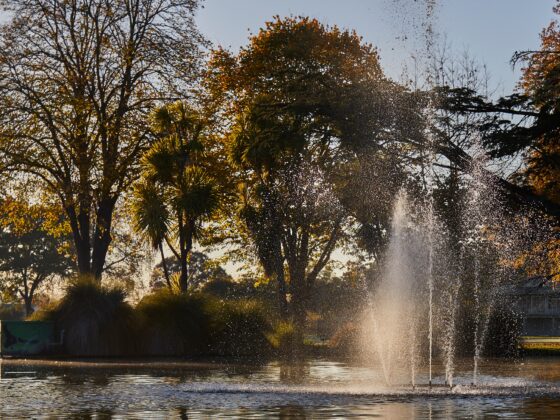Who doesn’t love a bit of bling? Have you ever wondered how these gorgeous pieces come to be? We have a wonderfully talented jeweller right here in the Bay. Monique Thérèse will custom-make your special piece or re-fashion one you already own. David found out how she does it.
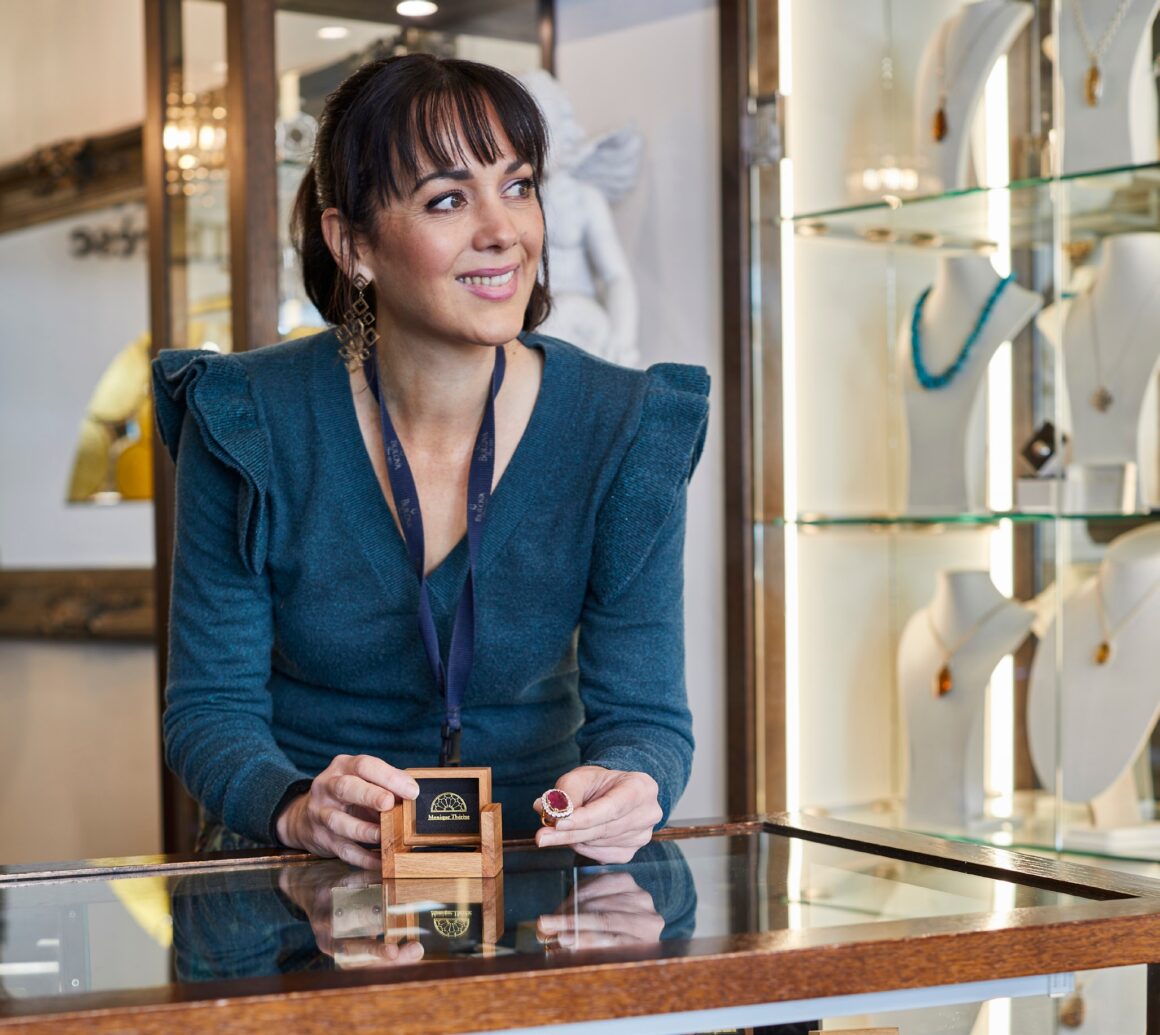
Monique Thérèse has always been a creative person. As a child, she was constantly drawing – characters, fashion pieces – and looking for the creativity in everything around her. Her skills moved her to many forms of art including sewing and millinery, and generally creating for the pleasure of it.
Now Monique is a busy mum and entrepreneur with her jewellery shop in Havelock North, her outpouring of style and creativity now channelled through masterpieces in jewellery. We tagged along during her typical day at the shop.
How many years have you been a jeweller? In total, 28 years. I began my career in Whanganui, then moved to Hawke’s Bay after a few years of working for Royal Caribbean International as a jeweller on board the, at the time, new Voyager class ships. This is all I wanted to do, and I still love it. It gives me energy even when, at times, it’s hard to run a business and be the jeweller and, at the same time, be a mum.
Why this profession? Originally, I was very interested in fashion design. Jewellery is quite a nice little offshoot of that as it is still in the fashion realm. Jewellery can make a statement or elevate an outfit. And the right jewellery can add a touch of glamour or change the look of an outfit. And jewellery can tell a story as family heirlooms and precious pieces get handed down through generations. The treasure value increases while the stories and memories live on. I guess when I started working for Richard Sheppard Jewellers in Whanganui, it just felt so right. I felt a kind of energy that it just was meant to be, I don’t know how to explain it.
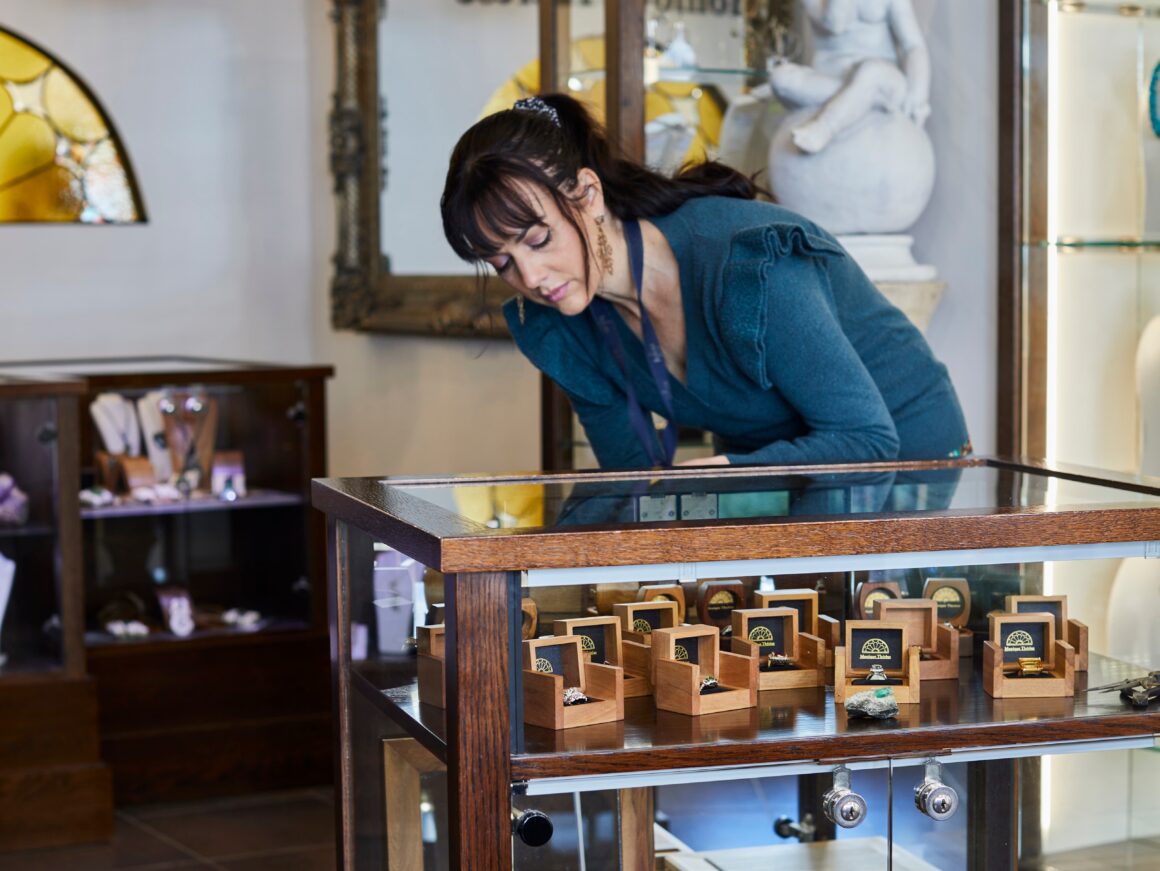
What’s the biggest change in your profession over the past 10 years? CAD (computer-aided design). CAD is computer-based software to aid in design processes. It can be used to create two-dimensional (2-D) drawings or three-dimensional (3-D) models. So we do a mix of CAD-drawn as well as hand-drawn pieces, and it helps make life far more efficient.
And there are some designs that are just nicer to do by hand, making it more organic. CAD can take the soul out of things sometimes too, just by being so perfect. But it’s nice to know that I still draw then hand-make when I need to.
Occasionally, a customer might need something made in a hurry and I will draw it freehand, then make it. Sometimes I want a more ‘non-perfect’ look and feel in a piece – like when it needs to work with another piece of hand-crafted jewellery. You know, not everything in life is perfect, and sometimes things are beautiful because they’re not perfect.

What has been the most memorable career experience for you? A few years ago, I entered the New Zealand jewellery awards – I think I came fifth in New Zealand. It was an incredible feeling to benchmark myself, and it proved to be good marketing as well. I did it for me personally, really, as a way to stretch myself in creativity and in my craft. It was certainly good for my confidence as a jeweller. Sadly, there’s not a lot of time to do things like that these days.
What part of your work do you enjoy the most? I love making things in general, being kinaesthetic. Making earrings is probably my favourite because there’s so much variety in styles and ways to be creative. Everyone has their strengths, I’m more of an earring girl. Earrings are probably more difficult because you have to make two identical pieces; that adds to the challenge. I also love that when they are worn, they visibly reflect the style of the wearer.

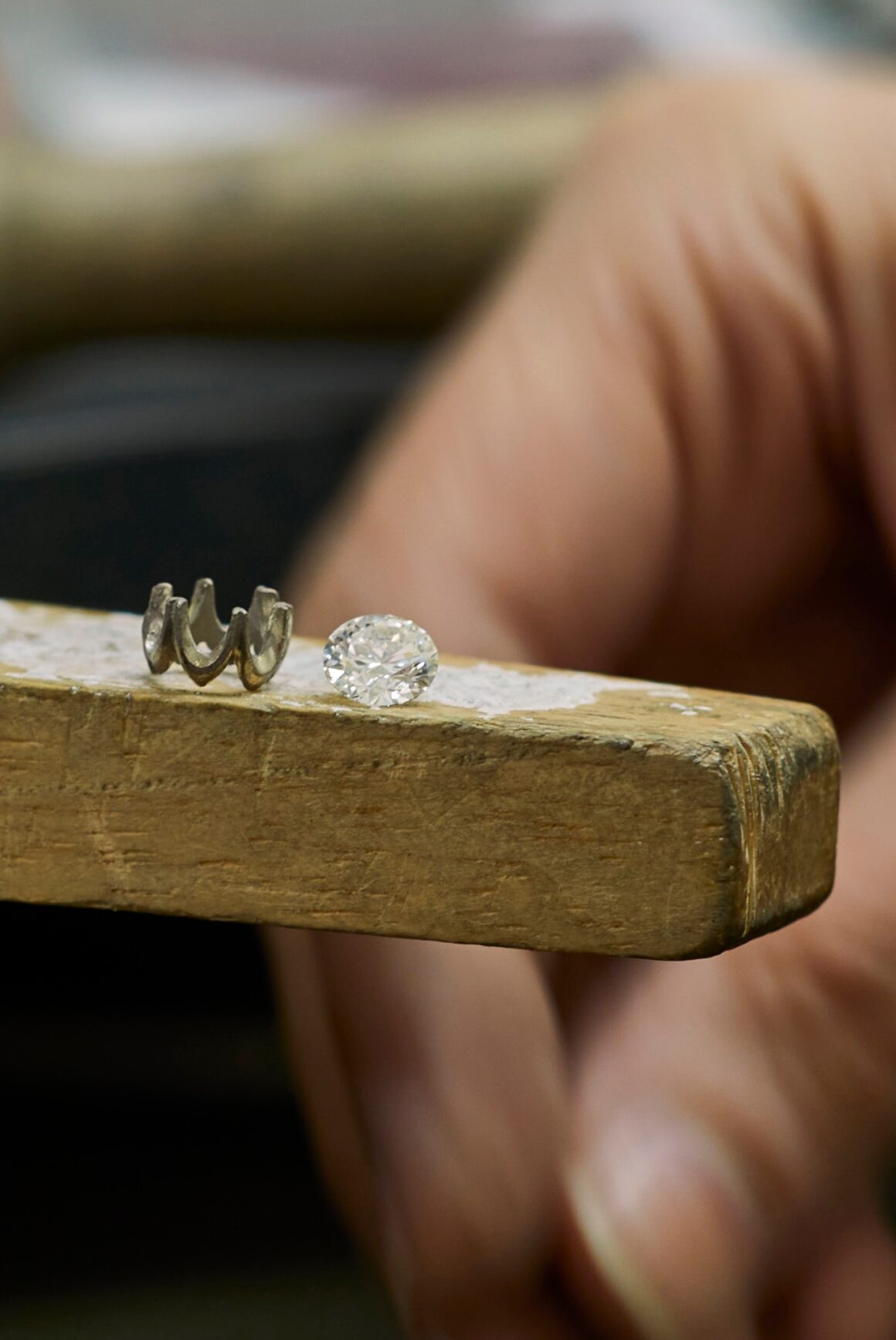


Describe a typical day? On a typical day I would be quoting on jobs in the morning then doing repair work. I will take a break from that and potentially begin some designing work and design remakes for customers, along with cleaning and polishing jobs. Sometimes that can take up a whole day, in between serving customers and handling enquiries. Somewhere in there I will do some cleaning – a never-ending task! Occasionally I’ll take a break from the bench and work on more quotes. It’s a good way of just changing direction. In this sort of trade you do tend to get a bit carried away, sitting on something for hours and hours. It’s good to stop. I’m really a night owl, so sometimes I like to work at night or in the evening, while I still have creative energy, just to finish things.
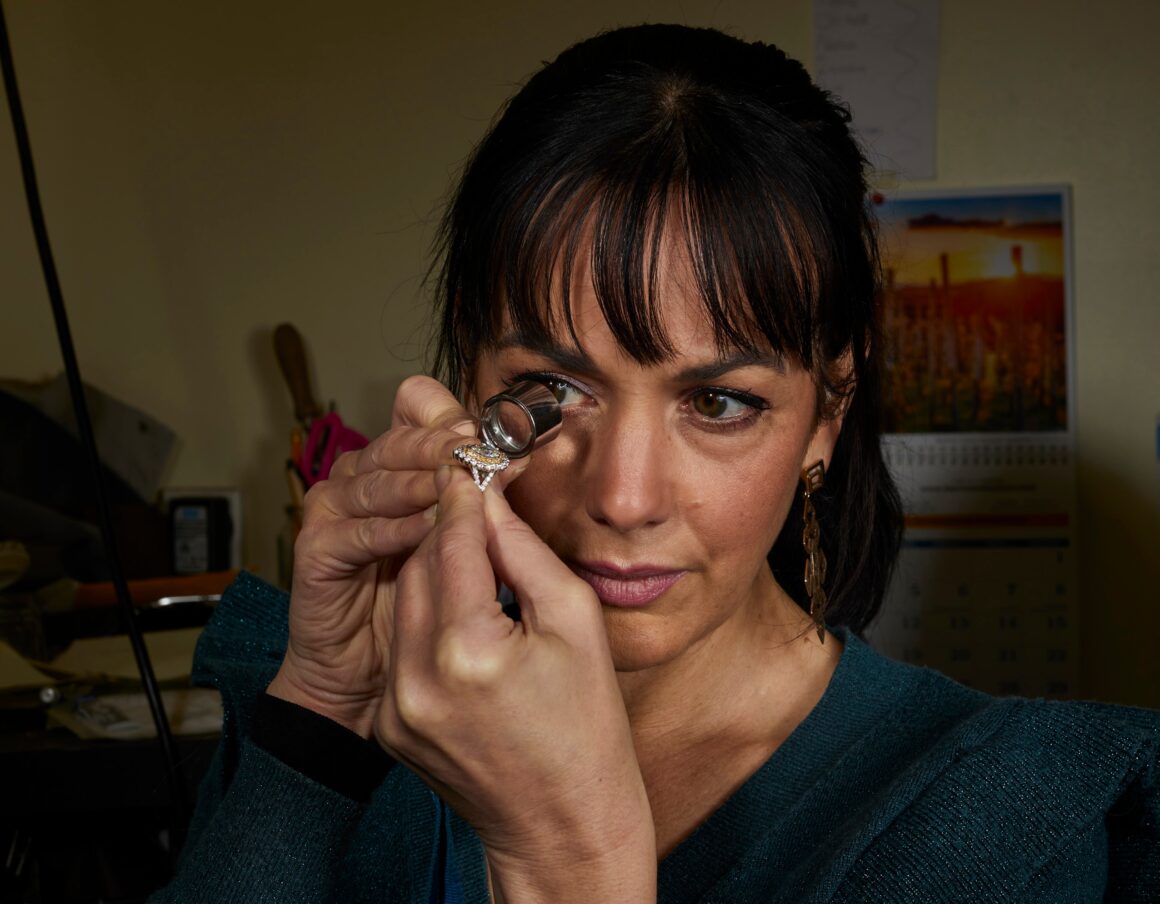
What advice would you give an enthusiast who would want to do what you do? Being a jeweller is a trade where you have to be multiskilled. There’s a bit of chemistry, a bit of maths and a lot of creativity. Having empathy is important as you’re dealing with people and their emotions and objects that are special to them, full of sentiment, memories and meaning. It’s very tricky to keep all of that in one basket, there’s a lot of trust involved and you have to earn it.
What do you find is the most challenging aspect about your job? There are never enough hours in the day, things always take longer than you expect. I like to spend time getting it right. Accuracy is a big thing for me; I probably lean towards being a perfectionist. I find that I tend to focus too much on detail sometimes, but I can’t help it.
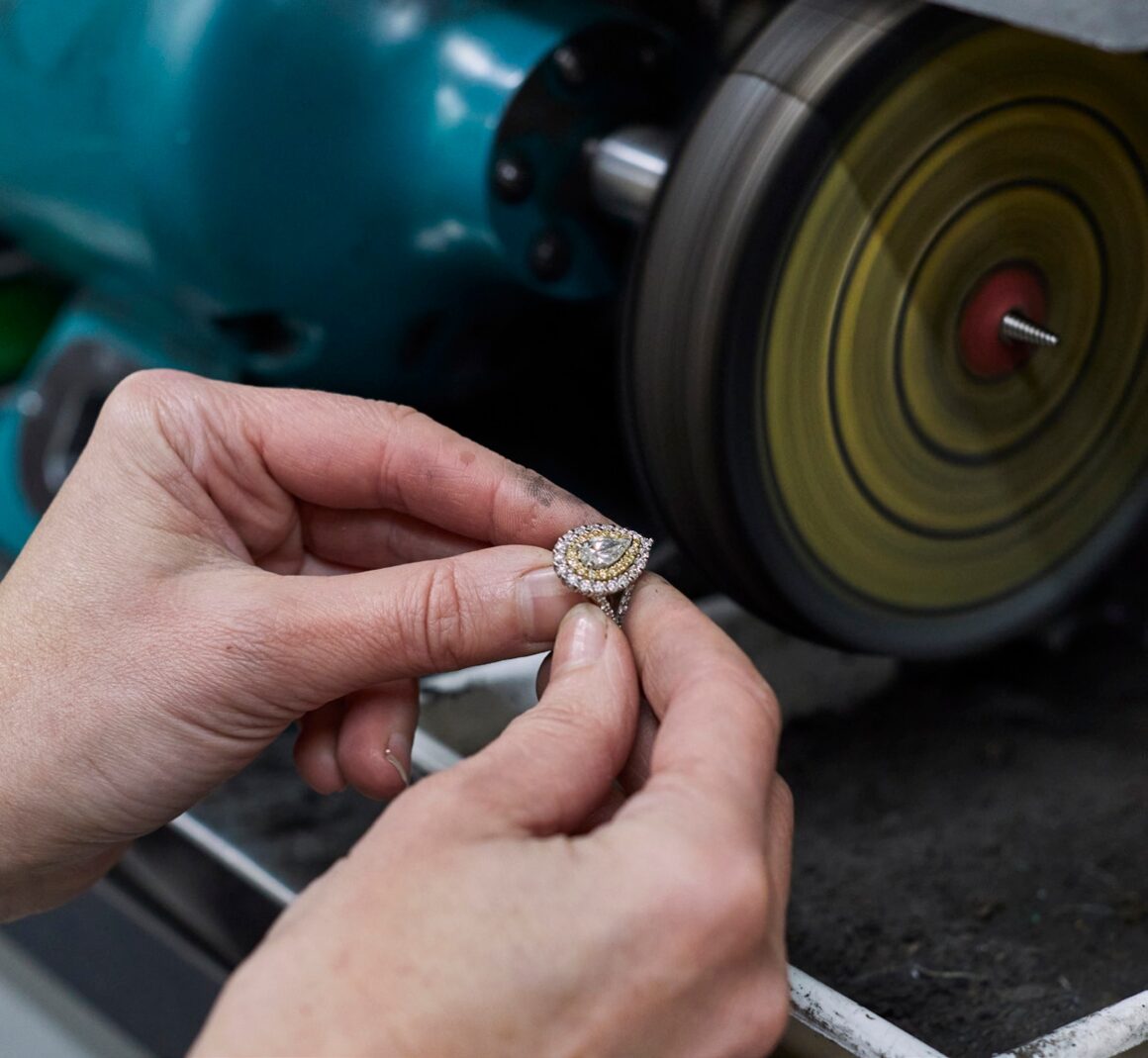
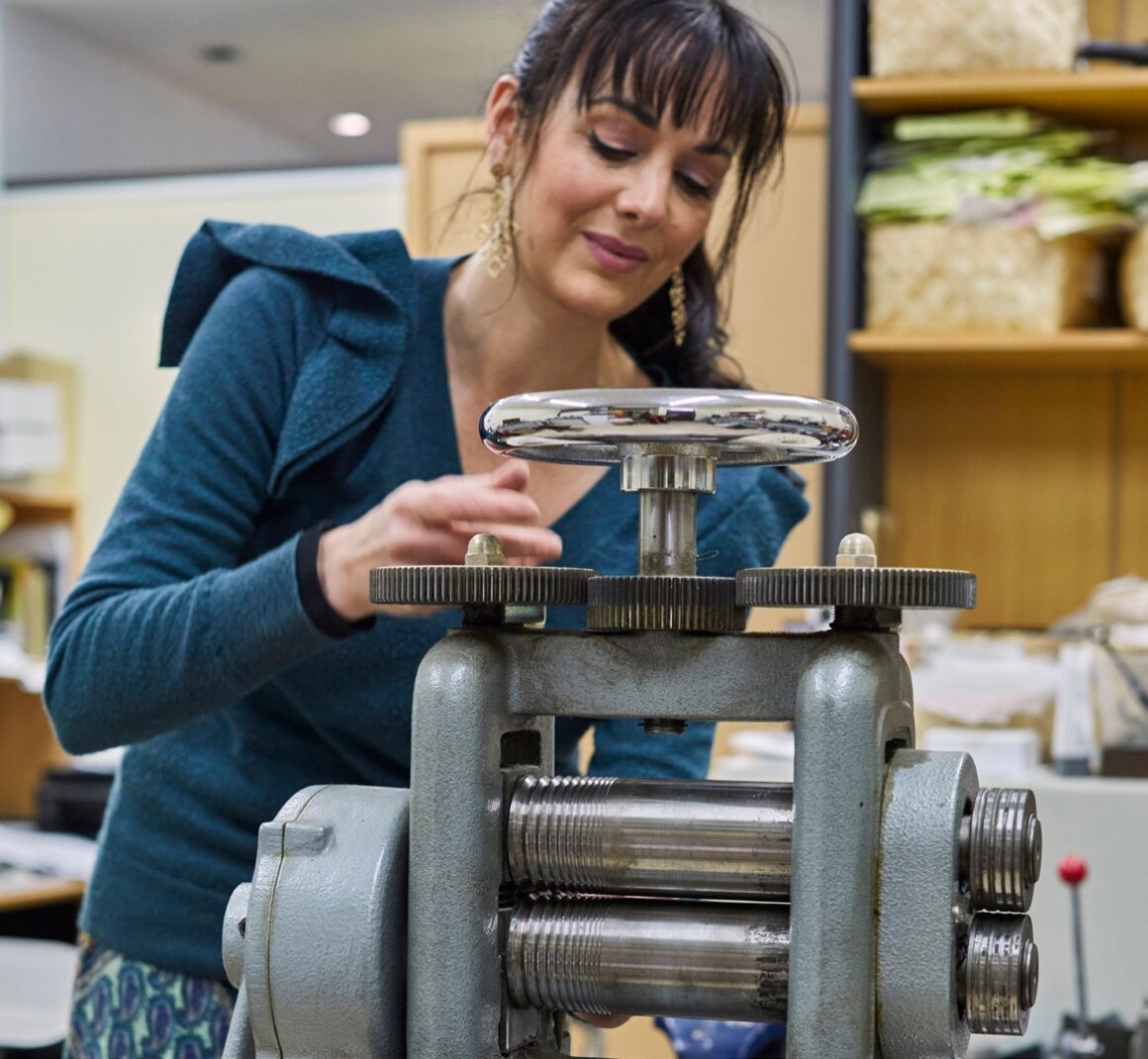
Funniest experience you have seen or been part of in your career? An elderly gentleman was explaining to me that he couldn’t do up his wife’s necklace and I was trying to find solutions for him. Then he told me, “I can undo her bra strap okay.” I said that’s great, good for you. Then he realised what he’d said and with some embarrassment tried his best to dig his way out. His comments were genuinely designed to help me understand his capabilities – it sure did that!
What do you think the future holds for your profession in the next 10 years? I think gold will always be gold. Gold is currency and gold always seems to dictate everything when there’s unrest in the world. And always has over centuries, I guess. So, I don’t think that will change. I mean, we seem to go through periods where costume jewellery becomes more prevalent because gold is too expensive, then over time people come back to wanting the real deal. Silver’s value has risen significantly lately and I think all precious metal will keep rising.
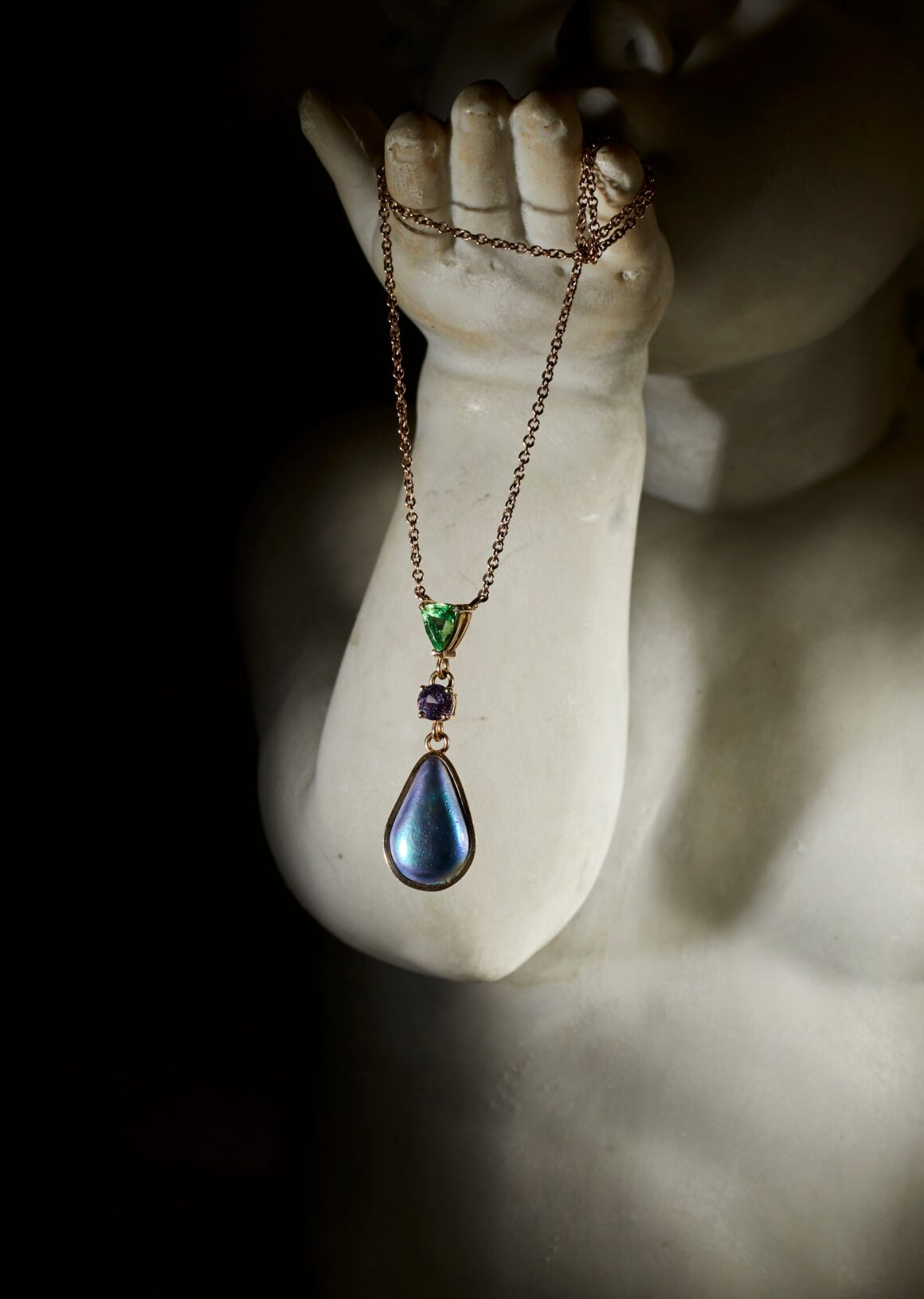
We need more people in the industry, even with digital assistance to jewellery making. People still want individualised jewellery and maintenance of heirloom pieces. Repairs will always be needed, and beautiful repairs are an art form in themselves to ensure seamless preservation of the original concept. Trade certification will remain important in the jewellery industry.
